It looks like you're using an Ad Blocker.
Please white-list or disable AboveTopSecret.com in your ad-blocking tool.
Thank you.
Some features of ATS will be disabled while you continue to use an ad-blocker.
share:
a reply to: TurbineJet
I am going to need some clarification for your claims.
Can you show me your hexagonal impact craters?
I see typical randomized crater impacts. I'm not seeing defined lines or edges in any of your images of the moons.
I may be vulnerable to suggestion, but not vulnerable enough that I deceive my own eyes.
Those craters are not hexagons.
In fact, the "hexagon" storm, doesn't even really look like a hexagon anymore, in your 2016 image.
Frankly, I find this thread entertaining, in a sad, humorous way.
In 2024, we will have telescopes online, capable of viewing these moons in unprecedented detail.
If your idea is correct, we will find out soon enough.
I cast my doubts on this parade until then. I can wait to see. Good luck convincing as many as you can, but your "hexagon" craters, seem to be visual snake oil.
I am going to need some clarification for your claims.
Can you show me your hexagonal impact craters?
I see typical randomized crater impacts. I'm not seeing defined lines or edges in any of your images of the moons.
I may be vulnerable to suggestion, but not vulnerable enough that I deceive my own eyes.
Those craters are not hexagons.
In fact, the "hexagon" storm, doesn't even really look like a hexagon anymore, in your 2016 image.
Frankly, I find this thread entertaining, in a sad, humorous way.
In 2024, we will have telescopes online, capable of viewing these moons in unprecedented detail.
If your idea is correct, we will find out soon enough.
I cast my doubts on this parade until then. I can wait to see. Good luck convincing as many as you can, but your "hexagon" craters, seem to be visual snake oil.
originally posted by: schuyler
originally posted by: Wide-Eyes
a reply to: Osirisvset
Why is Earths moon the only moon in the Solar System without a name? Its just called " the moon", weird...
It's not. It has a name and the name is Luna.
The name "Luna" is simply Latin for "Moon" so "the moon" does not have a special name at all. Osiris is right. It's the same with "Earth" which in Latin is "Terra."
I believe in the Sumerian text's its called a "Celestial Chariot".
originally posted by: Archivalist
a reply to: TurbineJet
I am going to need some clarification for your claims.
Can you show me your hexagonal impact craters?
I see typical randomized crater impacts. I'm not seeing defined lines or edges in any of your images of the moons.
I may be vulnerable to suggestion, but not vulnerable enough that I deceive my own eyes.
Those craters are not hexagons.
In fact, the "hexagon" storm, doesn't even really look like a hexagon anymore, in your 2016 image.
Frankly, I find this thread entertaining, in a sad, humorous way.
In 2024, we will have telescopes online, capable of viewing these moons in unprecedented detail.
If your idea is correct, we will find out soon enough.
I cast my doubts on this parade until then. I can wait to see. Good luck convincing as many as you can, but your "hexagon" craters, seem to be visual snake oil.
Oh dear buddy lighten up! Take a look at the video, that shows the hexagon craters there..
Also the first moon photo in my post, if you zoom in on some of the smaller craters you can see they are not round but 6 sided instead.
So take it easy grouchy don't take yourself so seriously
TJ
edit on 30-7-2018 by TurbineJet because: (no reason given)
originally posted by: schuyler
originally posted by: Wide-Eyes
a reply to: Osirisvset
Why is Earths moon the only moon in the Solar System without a name? Its just called " the moon", weird...
It's not. It has a name and the name is Luna.
The name "Luna" is simply Latin for "Moon" so "the moon" does not have a special name at all. Osiris is right. It's the same with "Earth" which in Latin is "Terra."
Okay. So we didn't have a Lunar eclipse the other night...
originally posted by: All Seeing Eye
originally posted by: schuyler
originally posted by: Wide-Eyes
a reply to: Osirisvset
Why is Earths moon the only moon in the Solar System without a name? Its just called " the moon", weird...
It's not. It has a name and the name is Luna.
The name "Luna" is simply Latin for "Moon" so "the moon" does not have a special name at all. Osiris is right. It's the same with "Earth" which in Latin is "Terra."
I believe in the Sumerian text's its called a "Celestial Chariot".
Umm no guys..it's actually called the red katchina.. . (just kidding, can you imagine)
TJ
edit on 30-7-2018 by TurbineJet because: (no reason given)
Can I imagine? Well, Yes I can, and did. Some of the "Moons" around Saturn are still in "Production stage", are, in work, as in, incomplete. Not ready for prime time.
originally posted by: TurbineJet
originally posted by: All Seeing Eye
originally posted by: schuyler
originally posted by: Wide-Eyes
a reply to: Osirisvset
Why is Earths moon the only moon in the Solar System without a name? Its just called " the moon", weird...
It's not. It has a name and the name is Luna.
The name "Luna" is simply Latin for "Moon" so "the moon" does not have a special name at all. Osiris is right. It's the same with "Earth" which in Latin is "Terra."
I believe in the Sumerian text's its called a "Celestial Chariot".
Umm no guys..it's actually called the red katchina.. . (just kidding, can you imagine)
TJ
I "Imagine" the craters that are not creators are actually part of the process of binding, melting, layers upon layers of mineral rich dust and dirt on top of each other to form the crust of the new "Craft". I "Imagine" it is a type of laser weapon/ machine, that produces enough heat to melt the rock into a solid structure. Cleaver really. It may be nothing more than a large magnifying glass that focuses the sunlight onto a small area at a time.
What minerals, metals, are in the rings of Saturn? Any titanium?
originally posted by: TurbineJet
originally posted by: Archivalist
a reply to: TurbineJet
I am going to need some clarification for your claims.
Can you show me your hexagonal impact craters?
I see typical randomized crater impacts. I'm not seeing defined lines or edges in any of your images of the moons.
I may be vulnerable to suggestion, but not vulnerable enough that I deceive my own eyes.
Those craters are not hexagons.
In fact, the "hexagon" storm, doesn't even really look like a hexagon anymore, in your 2016 image.
Frankly, I find this thread entertaining, in a sad, humorous way.
In 2024, we will have telescopes online, capable of viewing these moons in unprecedented detail.
If your idea is correct, we will find out soon enough.
I cast my doubts on this parade until then. I can wait to see. Good luck convincing as many as you can, but your "hexagon" craters, seem to be visual snake oil.
Oh dear buddy lighten up! Take a look at the video, that shows the hexagon craters there..
Also the first moon photo in my post, if you zoom in on some of the smaller craters you can see they are not round but 6 sided instead.
So take it easy grouchy don't take yourself so seriously
TJ
That's a 13 minute video.
I know that Youtube channel, I've debunked some of that guy's "findings" before.
If you're not willing to help me out, and show me the sections that matter, so I don't have to sit through 13 minutes of that guy, I'm not really willing to care.
a reply to: TurbineJet
My basic reasoning tells me that the smaller moons form equatorial ridges from rotating on one axis for so long that centrifugal force pushes matter out to it's equator, much like Saturn's rings...yet the small size of the moon not being large enough to form a perfect ish sphere.
....similarly... I reason that the hexagon shape is formed by a harmonic balance between centrifugal force and gravity..
Where the high speed or rotation in that locale of the pole gets momentum for awhile, forming each "side" of the hexagon, while gravity and the other rounded areas' mass forces that "side's" to be pulled into accordance in the Dow of the totality of the planet's motion at the "corners"...
...if that makes sense...
But yeah, a sufficiently enough advanced group of individuals would probably colonize moons, and also create craft so large that their own mass would collect debris, also a layer of outer terrain may very well act nicely as a buffer against damage caused by impacts from random debris...
My basic reasoning tells me that the smaller moons form equatorial ridges from rotating on one axis for so long that centrifugal force pushes matter out to it's equator, much like Saturn's rings...yet the small size of the moon not being large enough to form a perfect ish sphere.
....similarly... I reason that the hexagon shape is formed by a harmonic balance between centrifugal force and gravity..
Where the high speed or rotation in that locale of the pole gets momentum for awhile, forming each "side" of the hexagon, while gravity and the other rounded areas' mass forces that "side's" to be pulled into accordance in the Dow of the totality of the planet's motion at the "corners"...
...if that makes sense...
But yeah, a sufficiently enough advanced group of individuals would probably colonize moons, and also create craft so large that their own mass would collect debris, also a layer of outer terrain may very well act nicely as a buffer against damage caused by impacts from random debris...
edit on 7/30/2018 by prevenge because: (no reason given)
a reply to: TurbineJet
Rather than being spaceships, maybe they are moons, that have been modified. Rather than build a "death star" from the ground up, (an engineering near-impossibility if you look into the gravitational issues with constructing a Dyson Structure that is a solid sphere or ring around a planet, [which is why a Dyson "swarm" is the more acceptable theory now]) why not take an already formed asteroid/moon and dig tunnels, install turrets, etc...
Then after a million years, they look kind of like normal moons again. Maybe they are uninhabited, or maybe they are inhabited with beings somewhat like us: abandoned in a stone age level after a terrible war left them decimated and back to square 1.
Or maybe it's all pereidolia and natural features. Who knows?
I'm sure you've heard the theory that Saturn (and perhaps other planets...including Earth?) is a newcomer to the solar system and not a part of the original system. And that Saturn was the star or proto star of the system we collided with long ago.
But just in case...
saturndeathcult.com...
Hmmm, looks like they've added some new information about Trump and some other additions as well since I haven't been there in about 5 years maybe... cool! I find this stuff fascinating, whether true or not it's just a great read in my opinion and I always like to have many resources to draw from and this website I linked to is the only place i have seen this particular theory articulated so.
Rather than being spaceships, maybe they are moons, that have been modified. Rather than build a "death star" from the ground up, (an engineering near-impossibility if you look into the gravitational issues with constructing a Dyson Structure that is a solid sphere or ring around a planet, [which is why a Dyson "swarm" is the more acceptable theory now]) why not take an already formed asteroid/moon and dig tunnels, install turrets, etc...
Then after a million years, they look kind of like normal moons again. Maybe they are uninhabited, or maybe they are inhabited with beings somewhat like us: abandoned in a stone age level after a terrible war left them decimated and back to square 1.
Or maybe it's all pereidolia and natural features. Who knows?
I'm sure you've heard the theory that Saturn (and perhaps other planets...including Earth?) is a newcomer to the solar system and not a part of the original system. And that Saturn was the star or proto star of the system we collided with long ago.
But just in case...
saturndeathcult.com...
Hmmm, looks like they've added some new information about Trump and some other additions as well since I haven't been there in about 5 years maybe... cool! I find this stuff fascinating, whether true or not it's just a great read in my opinion and I always like to have many resources to draw from and this website I linked to is the only place i have seen this particular theory articulated so.
edit on 7/30/2018 by 3n19m470 because: (no
reason given)
a reply to: prevenge
Ah, so the centrifugal force was somehow focused to create one neat ridge around the equator of the moon rather than changing the shape of the whole moon as we see with the one named Pan.
Pan appears as if it was rotating fast before it cooled down. I don't know how that same process could explain the one (was there more than one?) with the neat equatorial ridge.
Ah, so the centrifugal force was somehow focused to create one neat ridge around the equator of the moon rather than changing the shape of the whole moon as we see with the one named Pan.
Pan appears as if it was rotating fast before it cooled down. I don't know how that same process could explain the one (was there more than one?) with the neat equatorial ridge.
I haven't seen the video in the OP yet due to data issues on this phone, but I'm having trouble finding any "gons" in the photos I've been able to upload. They all just look roundish to me.
originally posted by: moebius
originally posted by: TurbineJet
This should not exist, and is supposed to be impossible in nature...what is it reallly?
According to whom? You?
Hexagonal vortex creation has been demonstrated in the lab years ago:
www.youtube.com...
But look closer and you will begin to see that the "Impact Craters" as NASA calls them are actually shaped like hexagons!
Does it really look like a hexagon, or maybe more like a pentagon?
saturn.jpl.nasa.gov...
upload.wikimedia.org...
Pareidolia is a funny thing...
Damn pareidolia screwed me out of the fun this time!
a reply to: TurbineJet
Then the moons are not big enough for a “space bubble” that would require more energy than what our sun consumes. I stand corrected
It a matter of physics individual trying to pass fantasy as fact.......
Then the moons are not big enough for a “space bubble” that would require more energy than what our sun consumes. I stand corrected
It a matter of physics individual trying to pass fantasy as fact.......
en.m.wikipedia.org...
If certain quantum inequalities conjectured by Ford and Roman hold,[19] the energy requirements for some warp drives may be unfeasibly large as well as negative. For example, the energy equivalent of −1064 kg might be required[20] to transport a small spaceship across the Milky Way—an amount orders of magnitude greater than the estimated mass of the observable universe. Counterarguments to these apparent problems have also been offered.[1]
Chris Van den Broeck of the Katholieke Universiteit Leuven in Belgium, in 1999, tried to address the potential issues.[21] By contracting the 3+1-dimensional surface area of the bubble being transported by the drive, while at the same time expanding the three-dimensional volume contained inside, Van den Broeck was able to reduce the total energy needed to transport small atoms to less than three solar masses.
originally posted by: 3n19m470
a reply to: prevenge
Ah, so the centrifugal force was somehow focused to create one neat ridge around the equator of the moon rather than changing the shape of the whole moon as we see with the one named Pan.
Pan appears as if it was rotating fast before it cooled down. I don't know how that same process could explain the one (was there more than one?) with the neat equatorial ridge.
I think space bodies gather mass from space debris over time by other mechanisms.
Saturn’s flying saucer moon Atlas has a smooth fluffy edge
www.newscientist.com...
The dominant theory for how the ridges form is that because the moons’ diameters are so much larger than the ring’s thickness, they gather material along their equators as they plow through stray ring particles. But it might not be that simple. “It may also be some kind of gravitational tidal effect from being near all this ring material,” says Terrile.
Even steel can creep with time.
en.m.wikipedia.org...(deformation)
In materials science, creep (sometimes called cold flow) is the tendency of a solid material to move slowly or deform permanently under the influence of mechanical stresses. It can occur as a result of long-term exposure to high levels of stress that are still below the yield strength of the material. Creep is more severe in materials that are subjected to heat for long periods, and generally increases as they near their melting point.
I am sure Jupiter's gravitational pull causes no stress?
edit on 30-7-2018 by neutronflux because: Added
a reply to: TurbineJet
It’s great to have a fanciful mind, it’s better to have a mind with the imagination to perceive fantasy from probable.
The moons around Jupiter are probably not spacecraft anymore that what the earth is.
Can you provide extraordinary evidence for an extraordinary claim? With why?
It’s great to have a fanciful mind, it’s better to have a mind with the imagination to perceive fantasy from probable.
The moons around Jupiter are probably not spacecraft anymore that what the earth is.
Can you provide extraordinary evidence for an extraordinary claim? With why?
a reply to: TurbineJet
I have seen plenty of those types of images NOW work out required mirror size to resolve details on the Moons of Saturn.
Saturn Plus 6 of it's Moons
Now can you see why if they really want to hide it they just wouldn't show it
Hubble 2.4 mtr mirror above the atmosphere with the abilty to do exposures lasting days amateurs can't compete with that. I also like astro images many of us do on here
Calling all Astrophotographers, all skill levels. Post your work.
Images below Sony SLT DSLR kit lens 18-55 kit zoom or 50mm prime or 70-300 zoom.
Our Nearest Neighbour
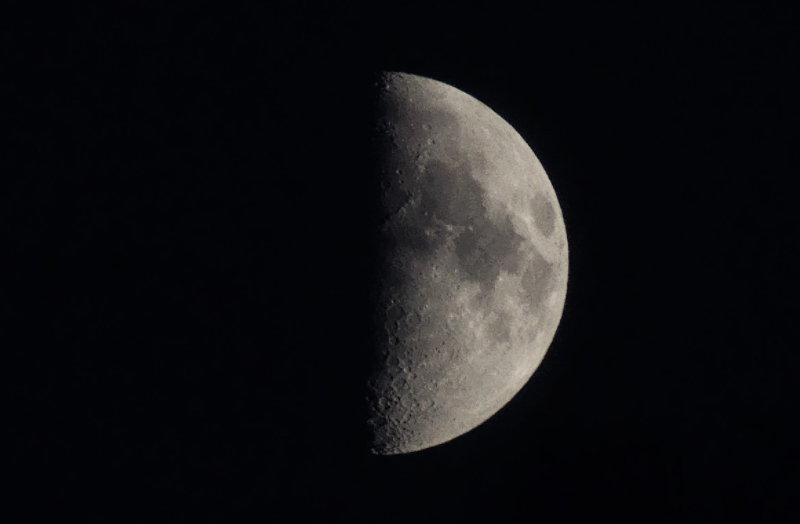
Capella
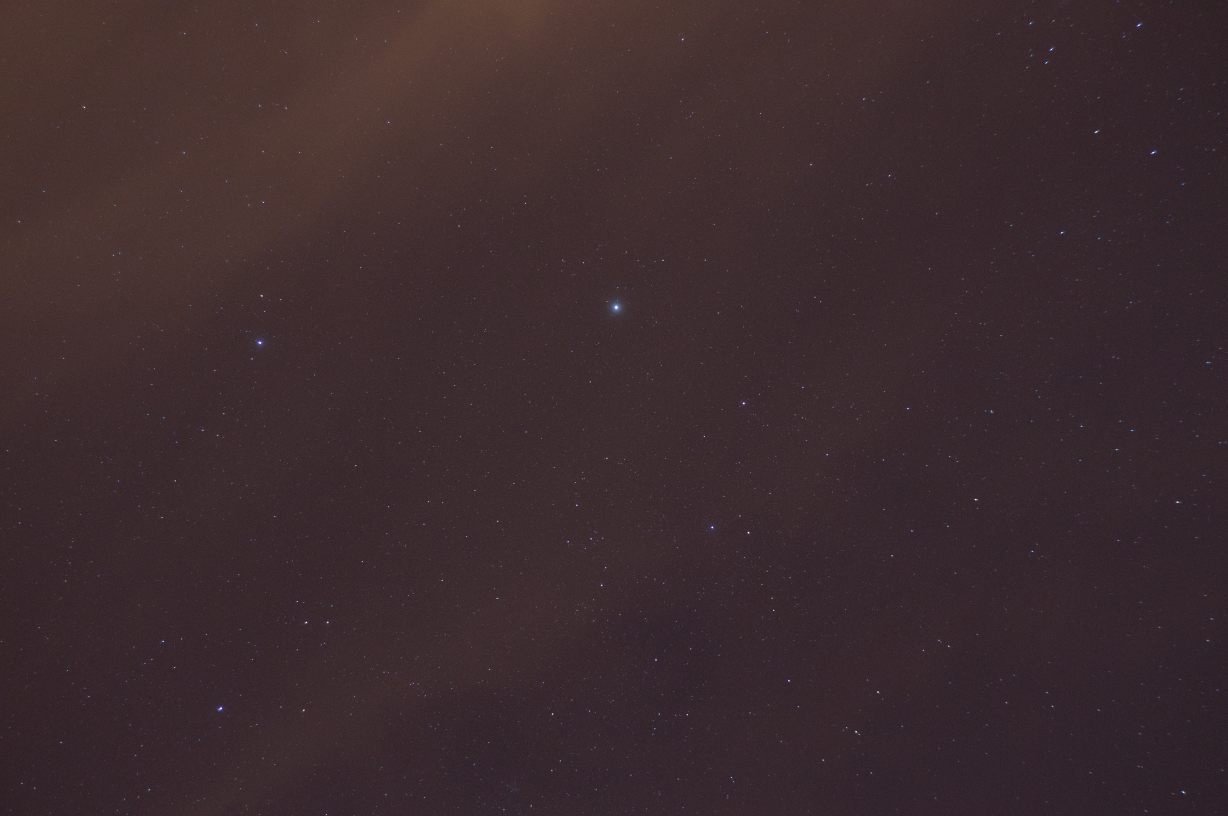
Jupiter (Moon about to rise)
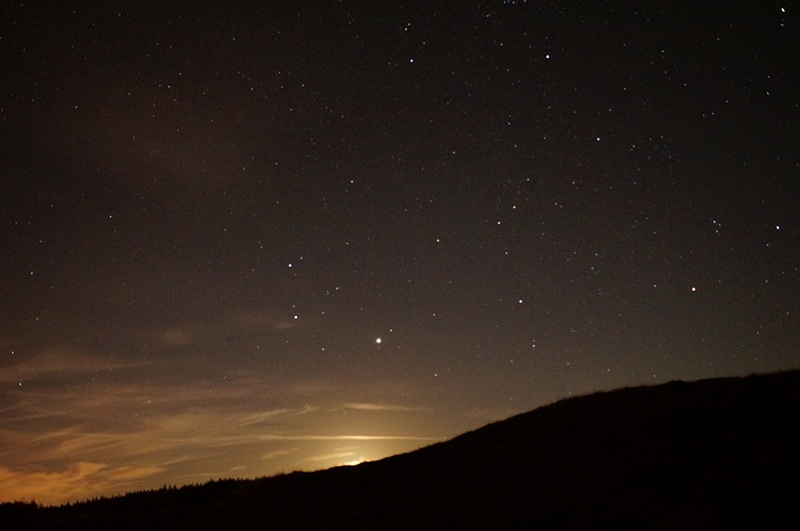
I have seen plenty of those types of images NOW work out required mirror size to resolve details on the Moons of Saturn.
Saturn Plus 6 of it's Moons
Now can you see why if they really want to hide it they just wouldn't show it
Hubble 2.4 mtr mirror above the atmosphere with the abilty to do exposures lasting days amateurs can't compete with that. I also like astro images many of us do on here
Calling all Astrophotographers, all skill levels. Post your work.
Images below Sony SLT DSLR kit lens 18-55 kit zoom or 50mm prime or 70-300 zoom.
Our Nearest Neighbour

Capella

Jupiter (Moon about to rise)

edit on 30-7-2018 by wmd_2008 because: (no reason given)
edit on 30-7-2018 by wmd_2008 because: (no reason given)
a reply to: TurbineJet
I've always been facinated by these theories ever since I read 2001: a space odyssey. The whole reason Kubrik's movie (also amazing in its own right) didnt go to Saturn and went to Jupiter instead was because at the time of filming the composition and what the rings of Saturn would look like up close was basically unknown. But the use of Saturn and its moon's anomolous characteristics really makes the story more believable, they even mention that the creation of the rings around Saturn would have been one of the more recent major developments for our solar system...a regular whodunnit in space.
I've always been facinated by these theories ever since I read 2001: a space odyssey. The whole reason Kubrik's movie (also amazing in its own right) didnt go to Saturn and went to Jupiter instead was because at the time of filming the composition and what the rings of Saturn would look like up close was basically unknown. But the use of Saturn and its moon's anomolous characteristics really makes the story more believable, they even mention that the creation of the rings around Saturn would have been one of the more recent major developments for our solar system...a regular whodunnit in space.
originally posted by: wmd_2008
a reply to: TurbineJet
The Hexagon is a very common shape in nature in Bee hives the honeycomb, Basalt Columns here in really simple terms.
As for the storms on Saturn they can have a very simple explanation.
Similar regular shapes were created in the laboratory when a circular tank of liquid was rotated at different speeds at its centre and periphery. The most common shape was six sided, but shapes with three to eight sides were also produced.
So different wind speeds is the most likely answer.
Star for the Honeycomb reference but decades of a hexagonal storm?
Hmmm. 😒
a reply to: TurbineJet
When I saw the image of Prometheus, I was reminded of the entity Gomtuu in the ST:TNG episode Tin Man.
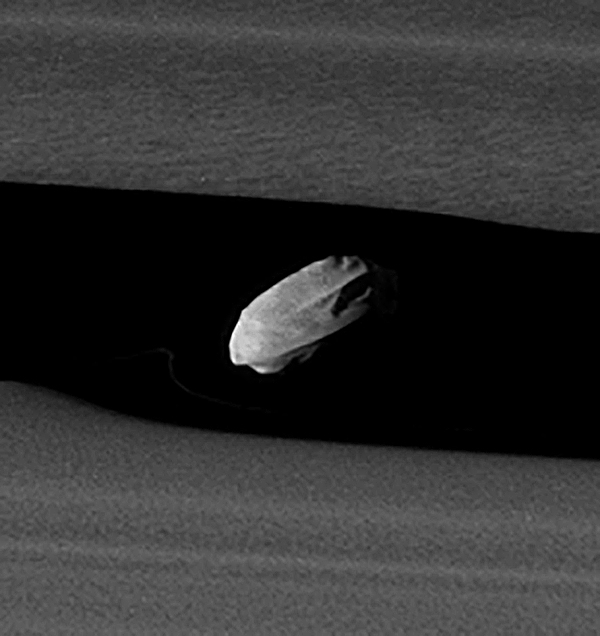
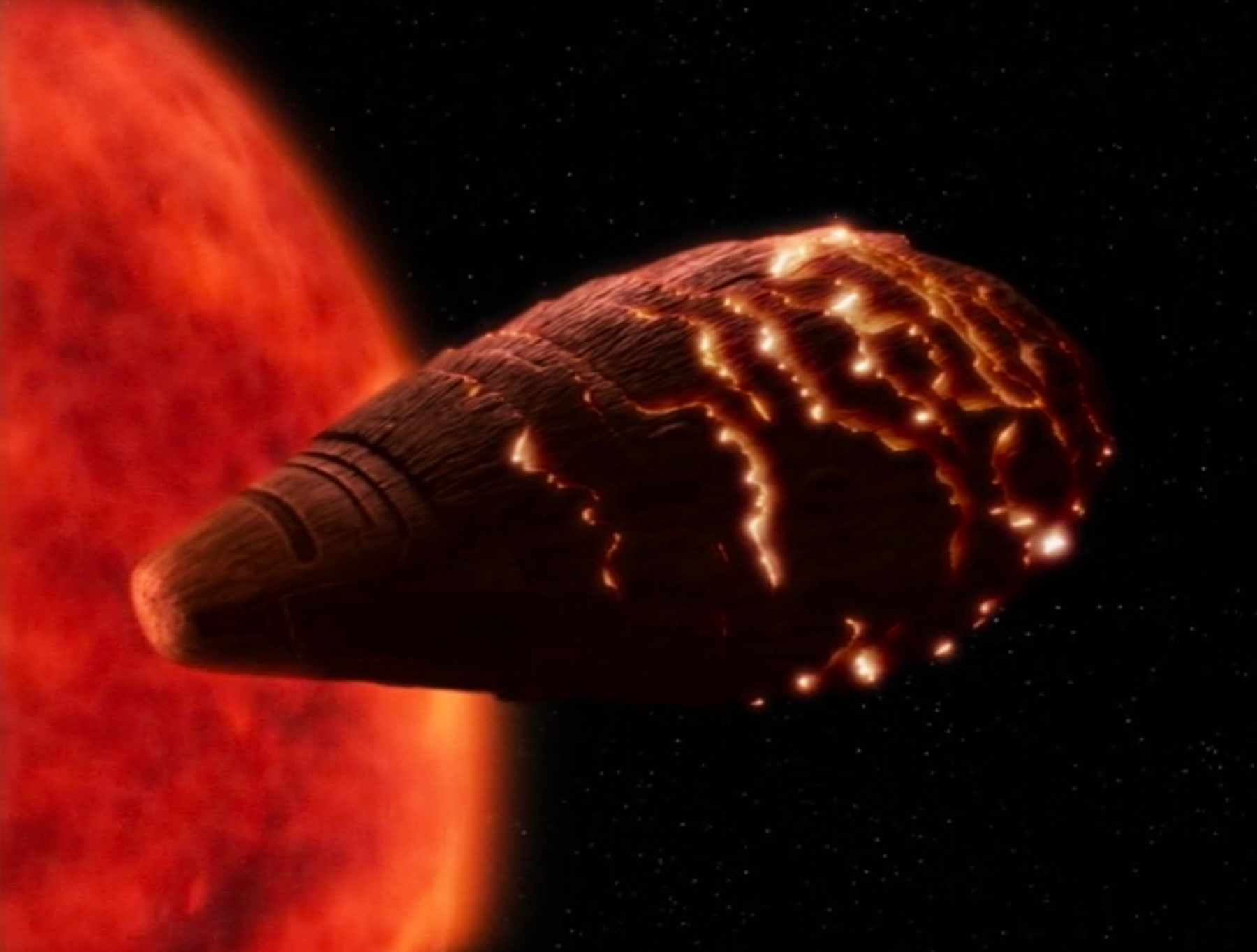
Perhaps the ST:TNG writers were subtly guided by our alien overlords to slowly introduce all of the wonders of the universe a little at a time. [JK]
-dex
When I saw the image of Prometheus, I was reminded of the entity Gomtuu in the ST:TNG episode Tin Man.


Perhaps the ST:TNG writers were subtly guided by our alien overlords to slowly introduce all of the wonders of the universe a little at a time. [JK]
-dex
originally posted by: DexterRiley
a reply to: TurbineJet
When I saw the image of Prometheus, I was reminded of the entity Gomtuu in the ST:TNG episode Tin Man.
Perhaps the ST:TNG writers were subtly guided by our alien overlords to slowly introduce all of the wonders of the universe a little at a time. [JK]
-dex
watched that episode again, just a few days ago!
new topics
-
New Disney Star Wars Films Failing Test of Time?
Movies: 8 hours ago
top topics
-
Mass UAP events. DC. Machester Airport, UFOs over sub base in CT, Nuke bases.
Aliens and UFOs: 15 hours ago, 15 flags -
population madness
New World Order: 15 hours ago, 4 flags -
New Disney Star Wars Films Failing Test of Time?
Movies: 8 hours ago, 2 flags -
The Cost of True Discipleship—Count the Cost
Religion, Faith, And Theology: 13 hours ago, 1 flags
active topics
-
Results of the use of the Oreshnik missile system in Dnepropetrovsk
World War Three • 259 • : xuenchen -
Mass UAP events. DC. Machester Airport, UFOs over sub base in CT, Nuke bases.
Aliens and UFOs • 23 • : CarlLaFong -
V.P. Kamala Harris releases a video and nobody understands why
US Political Madness • 100 • : chr0naut -
New Disney Star Wars Films Failing Test of Time?
Movies • 13 • : Bluntone22 -
population madness
New World Order • 19 • : Flyingclaydisk -
-@TH3WH17ERABB17- -Q- ---TIME TO SHOW THE WORLD--- -Part- --44--
Dissecting Disinformation • 3413 • : Thoughtful3 -
The Cost of True Discipleship—Count the Cost
Religion, Faith, And Theology • 4 • : FullHeathen -
Holy Cow! Erm...Six Legged Turkey!!
World Sports • 10 • : Flyingclaydisk -
Unidentified Flying Objects Over U.S. Military Bases in Northeast UK, as of roughly 11 a.m. CST.
Aliens and UFOs • 29 • : BeyondKnowledge3 -
Why isn't Psychiatry involved?
Social Issues and Civil Unrest • 19 • : lilzazz
